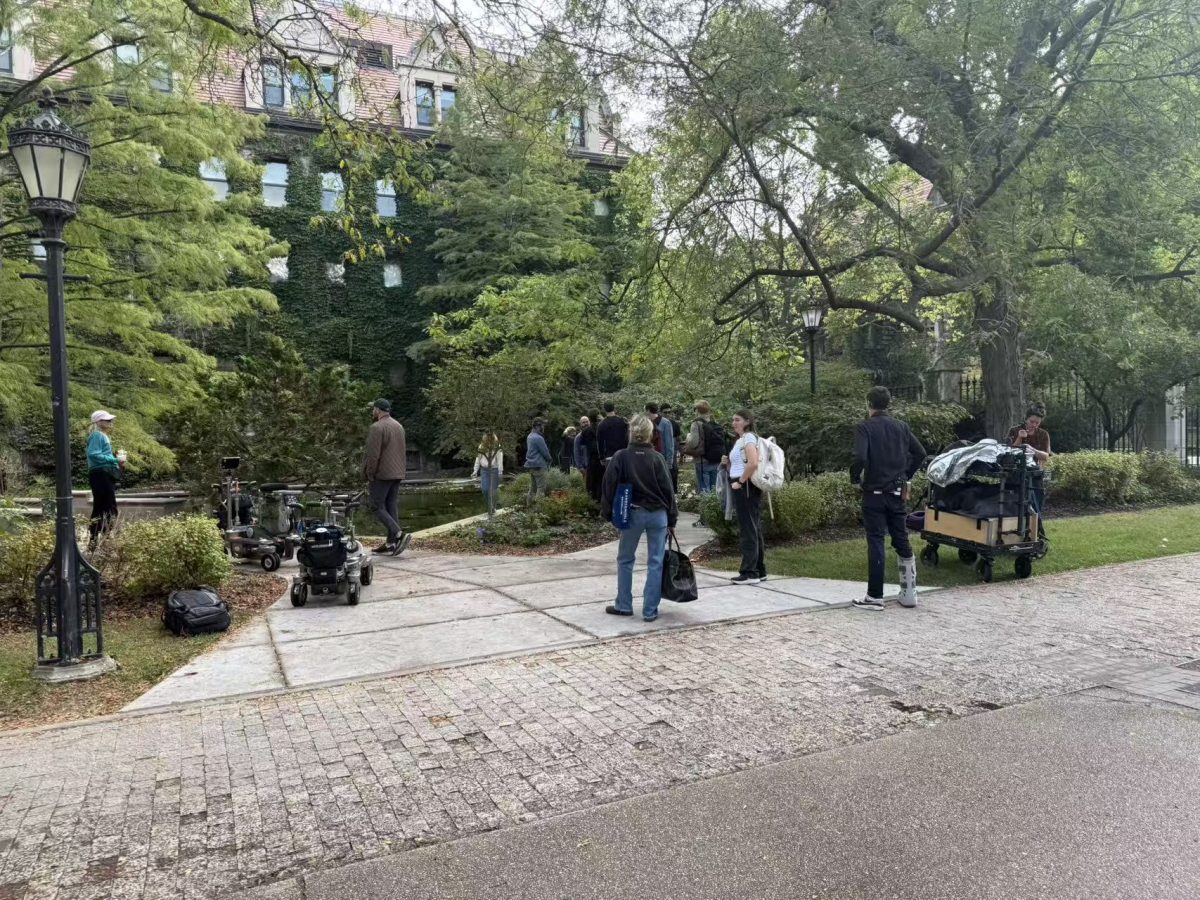[img id=”80402″ align=”alignleft”] The University of Chicago ranked 12th in fundraising through charitable contributions last year, according to a recent report by the Council for Aid to Education (CAE).
The University raised $328.33 million last year, totaling just a million dollars less than 11th-place Massachusetts Institute of Technology. Stanford University and Harvard University topped the list with $832.25 million and $613.99 million, respectively. The University’s placement this year compares favorably to its 33rd-place ranking in 1999.
According to Ronald Schiller, vice president of development and alumni relations at the University, the U of C’s ambitious Chicago Initiative was largely responsible for the fundraising improvement. The Initiative, a $2-billion capital campaign launched in the spring of 2002, has garnered donations from more than 112,000 individuals, families, and organizations.
“Our ranking in actual cash received from fundraising has gone up steadily and significantly during the campaign, and our rate of growth has surpassed most other universities’,” said Schiller, adding that according to a recent New York Times article, only Stanford has grown faster.
The fundraising report by CAE, a non-profit organization that documents private donations to schools and education-oriented organizations, was based on data submitted by 1,023 colleges and universities. Overall, the report found that $29.75 billion had been raised by higher-education institutions in 2007, the highest total ever reported.
Ann E. Kaplan, director of the survey, said that the rise in fundraising represents a larger trend.
“Since 1957, charitable gifts to higher education have been increasing,” she said. In 2006, colleges and universities saw a particularly substantial jump as large institutions closed capital campaigns.
At the same time, according to the report, universities have seen decreased alumni participation in fundraising efforts, resulting in part from the decreased average age of recent college alumni.
“Younger individuals tend to give less frequently, and they make smaller contributions. This demographic shift in the composition of the alumni pool helps to explain the decline in participation,” Kaplan said in the report.
Schiller said that the University’s alumni participation has not seen such decreases in part due to the senior class gift program. This has resulted in a boost for the U of C in the annual rankings put out by the US News and World Report, which factors in undergraduate alumni donation.
According to Schiller, the competition for fundraising dollars has greatly outpaced the availability of philanthropic dollars, even though philanthropic dollars have grown tremendously.
“The predictable result is that donors, who may have been giving to two organizations, then four, then 10, eventually decided to focus their philanthropy on a smaller number of organizations, resulting in larger gifts, but to fewer organizations,” he said.
Still, the University has seen around 40,000 donors consistently during each year of the campaign. Schiller said the University’s efforts to recruit new donors, including young alumni, paid off in the University’s fundraising success relative to its peer institutions.
“We also have seen a sharp increase in giving among students and parents, and more of our students are continuing their giving after graduation than ever before,” he said.








